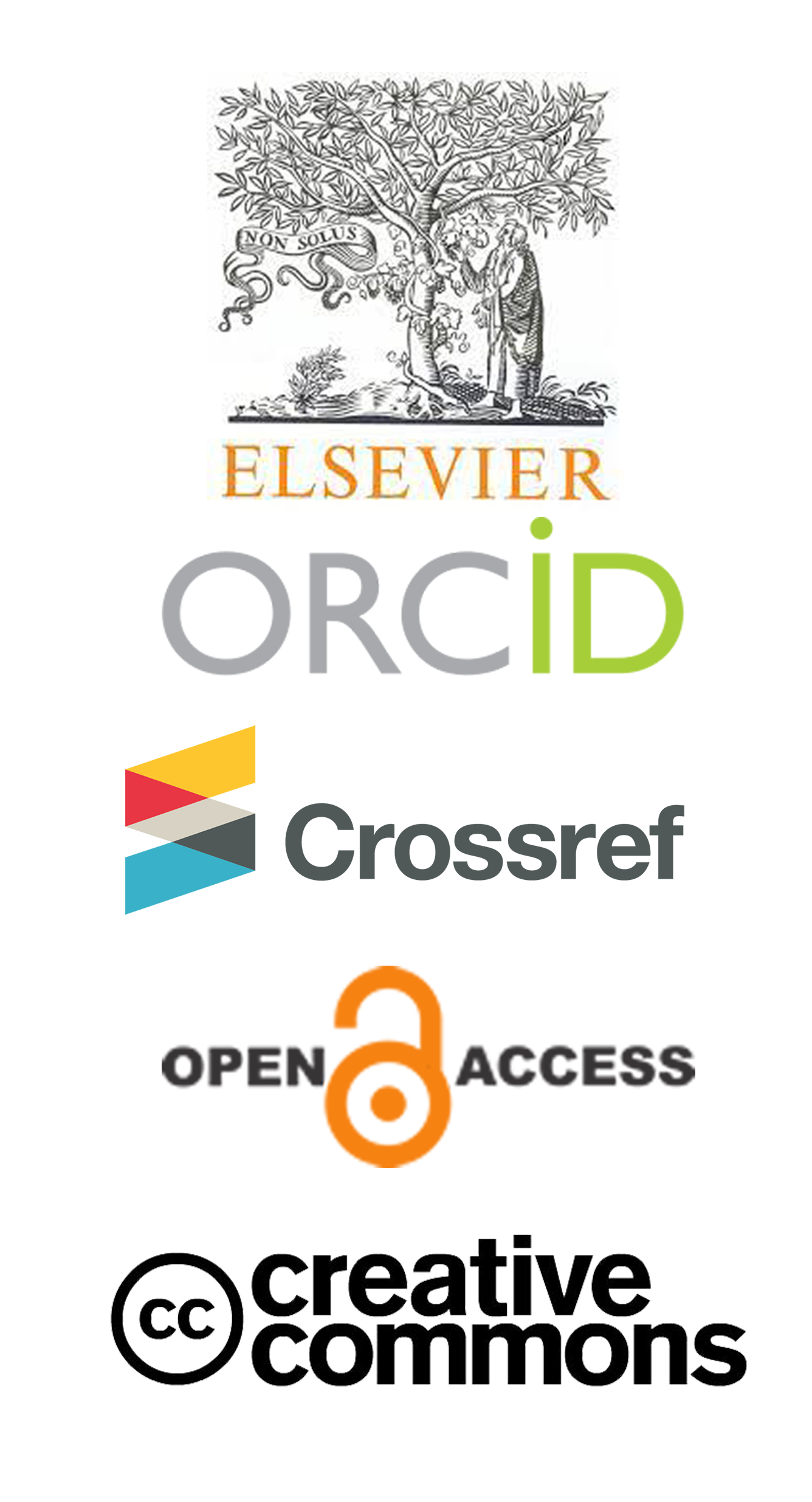
-
BIOCHEMISTRY OF FASTING – A REVIEW ON METABOLIC SWITCH AND AUTOPHAGY.
Volume - 13 | Issue-1
-
ONE-POT ENVIRONMENT FRIENDLY SYNTHESIS OF IMINE DERIVATIVE OF FURFURAL AND ASSESSMENT OF ITS ANTIOXIDANT AND ANTIBACTERIAL POTENTIAL
Volume - 13 | Issue-1
-
MODELING AND ANALYSIS OF MEDIA INFLUENCE OF INFORMATION DIFFUSION ON THE SPREAD OF CORONA VIRUS PANDEMIC DISEASE (COVID-19)
Volume - 13 | Issue-1
-
INCIDENCE OF HISTOPATHOLOGICAL FINDINGS IN APPENDECTOMY SPECIMENS IN A TERTIARY CARE HOSPITAL IN TWO-YEAR TIME
Volume - 13 | Issue-1
-
SEVERITY OF URINARY TRACT INFECTION SYMPTOMS AND THE ANTIBIOTIC RESISTANCE IN A TERTIARY CARE CENTRE IN PAKISTAN
Volume - 13 | Issue-1
A cross-sectional study to compare BMI and waist HIP ratio in adolescent children in Rewa, Madhya Pradesh
Main Article Content
Abstract
Childhood obesity is increasingly being observed with changing lifestyles of families. The magnitude of overweight ranges from 9% to 27.5% and obesity ranges from 1% to 12.9% among Indian children Objectives: The present study was conducted to compare the magnitude of overweight/obesity according to two scales of measurement i.e. BMI and waist hip ratio and its determinants among 11th and 12th class students in Rewa, MP. Materials and Methods: A Study of Obesity in Adolescent Girls and Boys of Rewa; has been undertaken between June to September 2018 in Central Academy School Rewa, M. P. (North India). 250 school going children of 11th and 12thstandard were selected as subject for the study in random basis. Results: 3.75% children from joint families were overweight while none in the nuclear family were overweight. The study shows that only vegetarian were overweight (2.22%). 4.65% children at risk of being overweight and 1.4% come in over weight group are taking junk food. Children who were taking saturated fat in their diet, out of them 3.56% were at risk of overweight and 1.33% were overweight. Furthermore, 16% children was under weight also. Waist hip ratio was normal in 90% males &90% females. According to waist/hip ratio vegetarian children (12.59%) were more prone to central obesity group in comparison to non-vegetarian group (6.96%). In relation to waist/hip ratio children who were consuming saturated fat (11.11%) come in centrally obesity group. There is significant association of BMI and family type, dietary pattern, while there is no significant association of waist hip ratio and family type and dietary pattern.
Article Details



